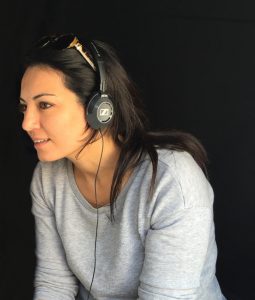
Born in Tangiers in 1980, Maryam Touzani studied journalism in London before returning to her native Morocco. Having begun her career as a film critic, Maryam Touzani soon desired to express her vision in a different way and stepped behind the camera to direct two noteworthy short films, QUAND ILS DORMENT and AYA VA À LA PLAGE. She then collaborated on Nabil Ayouch’s MUCH LOVED.
In 2019, she directed her first feature film, ADAM, selected for the Un Certain Regard at the Festival de Cannes, many other filmfestivals and shortlisted for the Oscars. She then collaborated once again with Nabil Ayouch, with whom she co-wrote RAZZIA, a film in which she also starred, and CASABLANCA BEATS, selected in Competition for the Festival de Cannes in 2021.
She returned to the Cannes Festival as a director with the highly acclaimed THE BLUE CAFTAN (2022), selected for Un Certain Regard, winning the FIPRESCI-Prize and shortlisted for the Oscars. She is currently working on her first novel and her next feature film.
> Lecture at ZFICTION.24 | Inviting Proximity: Cultivating Intimacy Through Screen Acting